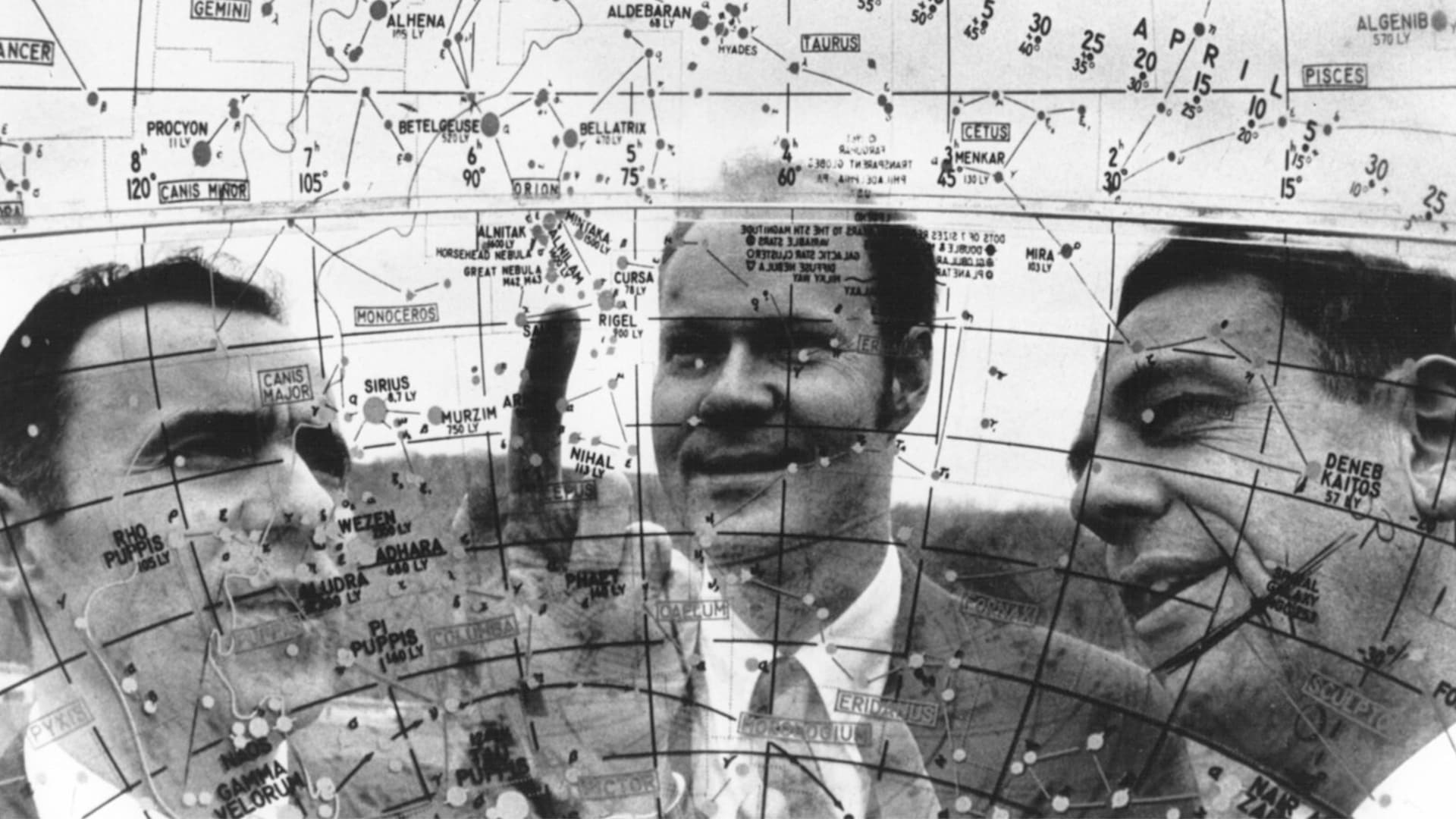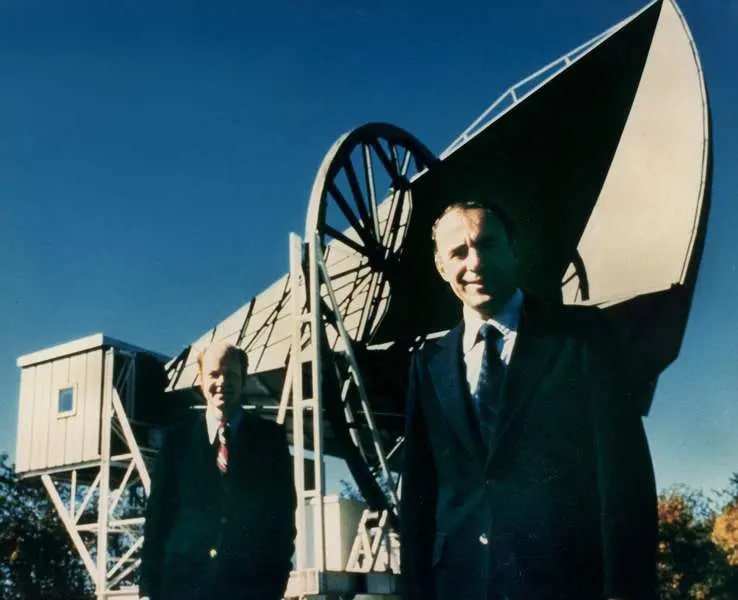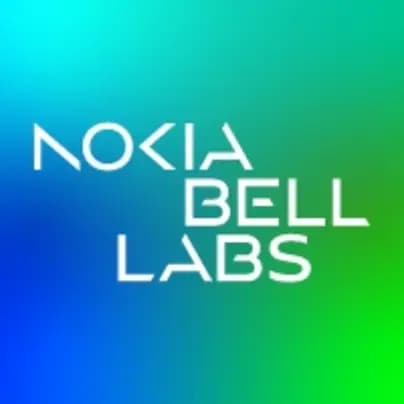Is there anybody out there? Proving the Big Bang Theory

Recently we focused on one of our early forays into cosmic innovations with the Telstar 1 the first communications satellite sent into space. Going way back to 1932, Karl Jansky was studying radio noise to improve transatlantic phone calls, when he inadvertently uncovered radio signals coming from the center of the Milky Way galaxy, and became the first radio astronomer. The next big chapter of radio astronomy would unfold at the beginning the space race with Bell Laboratories and the Horn Antenna.
The Big Bang theory is the established astrophysical theory which explains how the universe expanded from a very high-density and high-temperature state at its beginning, through rapid expansion and evolution into today’s stars and galaxies. This theory offers a comprehensive explanation for a broad range of phenomena, including the abundance of light elements, cosmic microwave background radiation, large scale structure and Hubble's law.

Robert Wilson and Arno Penzias at the Holmdel Horn Antenna (Source: Nokia Bell Labs and AT&T Archives)
Two Bell Labs researchers Arno Penzias and Robert Wilson gathered the first experimental evidence that established the Big Bang model of the origin of the universe. In 1964, they were using the powerful Horn Antenna at Bell Labs in Holmdel, New Jersey, that had previously been built as a communications relay along with the Echo and Telstar satellites for global communications. Penzias and Wilson were calibrating the Horn Antenna they inadvertently detected a low, mysterious noise persisting in background of their receiver. What they had stumbled across was cosmic microwave background radiation. They posited their findings as evidence for the Big Bang Theory. A few years later Penzias and Wilson were awarded the Nobel Prize for the work they had carried out at Bell Labs and the Big Bang Theory graduated to the realms of accepted science fact.
Learn more about the cosmic discovery:
Nokia Bell Labs continues to push the boundaries of communications and what is possible in our world and beyond. Our goal is the same today as it has always been: to transform how we all communicate — and we’ve been pursuing that challenge in space for well over half a century. We are set to play a key role in rolling out the first-ever lunar 4G network with Vodafone via a pioneering privately-funded Mission to the Moon. With this exciting endeavor coming up soon, Nokia Bell Labs will continue to do what it has always done: developing disruptive research to drive, inspire and define what’s next.
